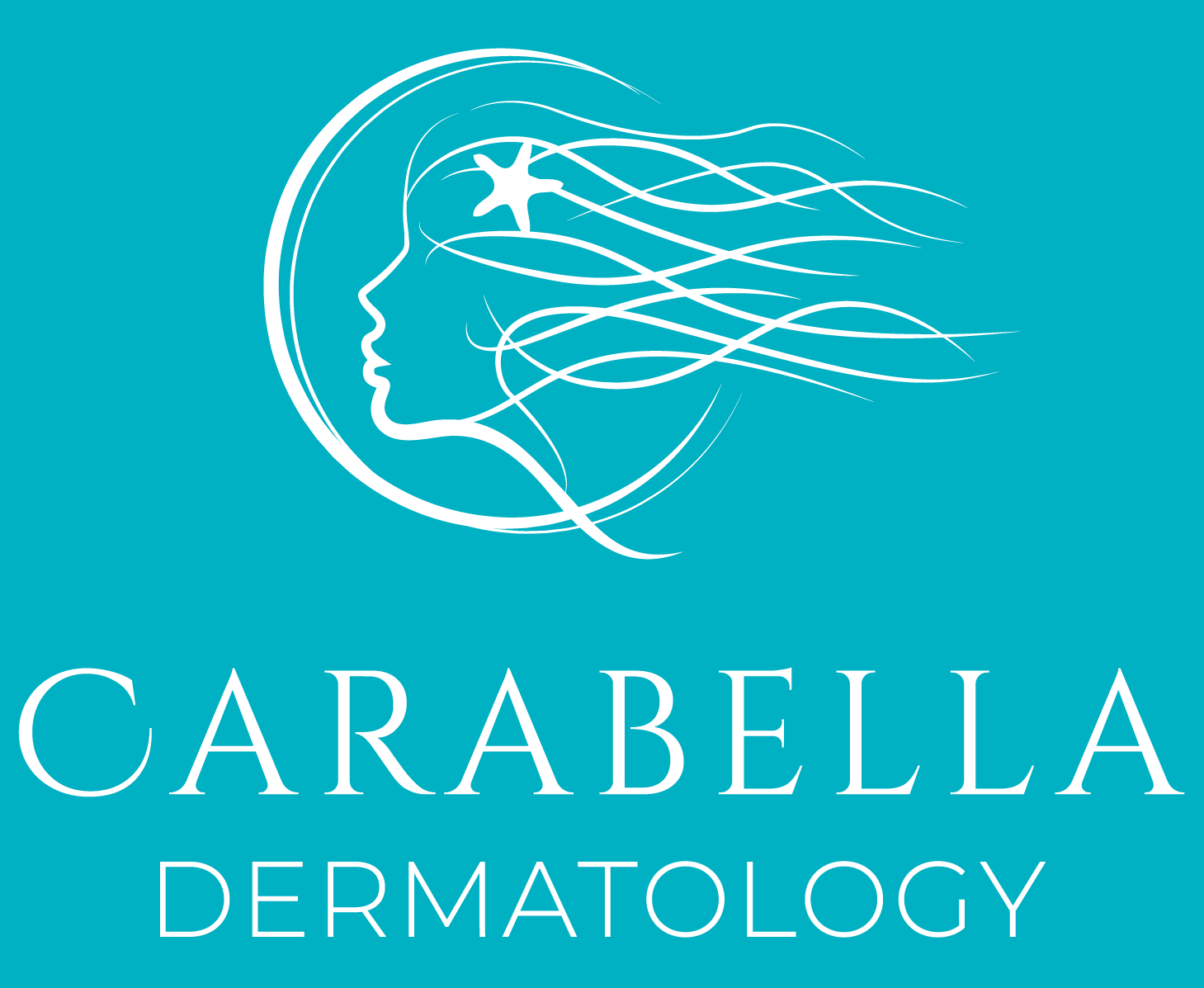Rashes
There are many different types of rashes, and the most common include:
Poison Ivy, Oak, and Sumac: These rashes are caused by contact with the oils from the leaves, stems, or roots of these plants. They typically appear as red, itchy, and blistering rashes. Treatment options include over-the-counter as well as prescription creams and lotions, to relieve itching, and oral antihistamines to reduce inflammation.
Eczema: Also known as atopic dermatitis, eczema is a chronic skin condition that causes dry, itchy, and red patches on the skin. The exact cause is unknown, but it's thought to be related to genetics and the immune system. Treatment options include over-the-counter creams and lotions, such as moisturizers, to reduce dryness, and prescription creams and ointments, such as corticosteroids, to reduce inflammation.
Contact Dermatitis: This type of rash is caused by an allergic reaction to a substance that comes into contact with the skin, such as nickel, fragrances, or poison ivy. Symptoms include redness, itching, and blistering. Treatment options include over-the-counter creams and lotions, such as hydrocortisone cream, to relieve itching, and oral antihistamines to reduce inflammation.
Hives (Urticaria): Hives are itchy, raised, red welts that can appear on the skin due to an allergic reaction as well as viral and other causes. They can be caused by a variety of factors, including food allergies, medications, or infections. Treatment options include over-the-counter antihistamines, such as diphenhydramine (Benadryl) or loratadine (Claritin), to relieve itching, and in some cases, prescription antihistamines or corticosteroids may be necessary.
Shingles (Herpes Zoster): Shingles is a viral infection that causes a painful rash with blisters on one side of the face or body. It's caused by the varicella-zoster virus, which also causes chickenpox. Treatment options include antiviral medications, such as acyclovir (Zovirax), and pain relievers, such as acetaminophen (Tylenol) or ibuprofen (Advil) to reduce pain and discomfort.
The treatment for a rash will depend on the underlying cause and rashes need a proper diagnosis from a dermatologist in order to be treated properly.

